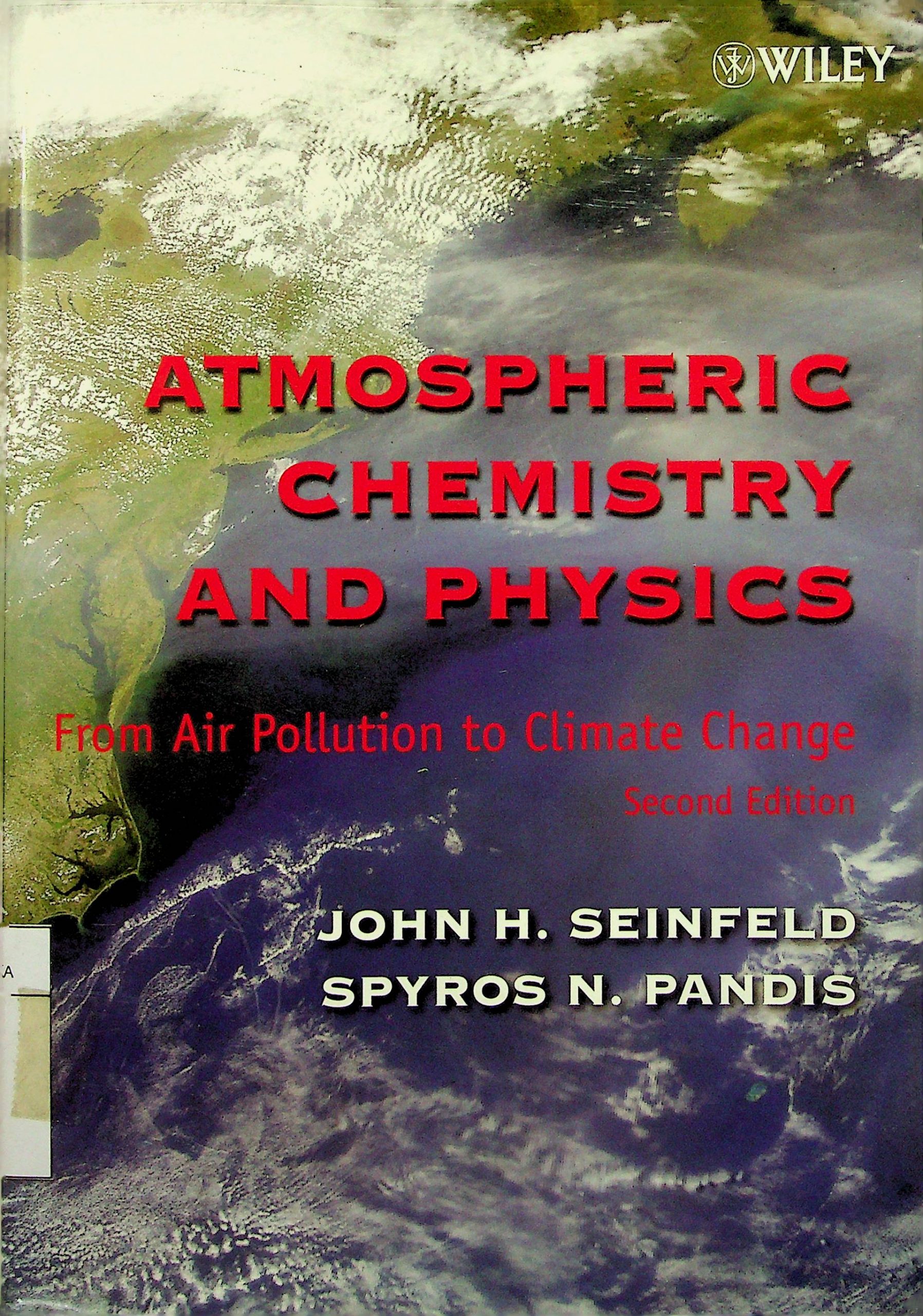The study of atmospheric chemistry as a scientific discipline goes back to the eighteenthcentury, when the principal issue was identifying the major chemical components of theatmosphere, nitrogen, oxygen, water, carbon dioxide, and the noble gases. In the latenineteenth and early twentieth centuries attention turned to the so-called trace gases,species present at less than 1 part per million parts of air by volume (1 gmol per mole). Wenow know that the atmostphere contains a myriad of trace species, some at levels as low as1 part per trillion parts of air. The role of trace species is disproportionate to theiratmospheric abundance; they arephotochemical smog, to acid deposition, to stratospheric ozone depletion, to potentialclimate change. Moreover, the composition of the atmosphere is changing; analysis of airtrapped in ice cores reveals a record of striking increases in the long-lived so-calledgreenhouse gases, carbon dioxide (CO2), methane (CH4), and nitrous oxide (N2O). Withinthe last century, concentrations of tropospheric ozone (O3), sulfate (SO:—), andcarbonaceous aerosols in the Northern Hemisphere have increased significantly. Thereis evidence that all these changes are altering the basic chemistry of the atmosphere.Atmospheric chemistry occurs within a fabric of profoundly complicated atmosphericdynamics. The results of this coupling of dynamics and chemistry are often unexpectedWitness the unique combination of dynamical forces that lead to a wintertime polar vortexover Antarctica, with the concomitant formation of polar stratospheric clouds that serve assites fbr heterogeneous chemical reactions involving chlorine compounds resulting from anthropoge nicchlorofluorocarbons—all leading to the near total depletion of stratosphericozone over the South Pole each spring; witness the nonlinear, and counterintuitive,dependence of the amount of ozone generated by reactions involving hydrocarbons and oxides of nitrogen (NOX) at the urban and regional scale—although both hydrocarbonsand NOX are ozone precursors, situations exist where continuous emission of more and more NOr actually leads to less ozone. The chemical constituents of the atmosphere do not go through their life cyclesindependently; the cycles of the various species are linked together in a complex way.Thus a perturbation of one component can lead to significant, and nonlinear, changes toother components and to feedbacks that can amplify or damp the original perturbation.In many respects, at once both the most important and the most paradoxical trace gas inthe atmosphere is ozone (O3). High in the stratosphere, ozone screens living organisms from biologically harmful solar ultraviolet radiation; ozone at the surface, in the troposphere, can produce adverse effects on human health and plants when present atlevels elevated above natural. At the urban and regional scale, significant policy issuesconcern how to decrease ozone levels by controlling the ozone precursors—hydrocarbons and oxides of nitrogen. At the global scale, understanding both the natural ozone chemistry of the troposphere and the causes of continually increasing background troposheric ozone levels is a major goal.
5
ATMOSPHERIC CHEMISTRY AND PHYSICS
John h- seinfeW & Spyros N. Pandis
Penerbit :
John Wiley & Sons, Inc. All rights reserved
Tahun :
2006
Buku Text
physics atmosfer Iklim Meteorologi Kimia
-
No Scan138
-
No Klasifikasi660.6
-
ISBN-
-
ISSN-
-
No Registrasi011B022015
-
Lokasi Terbit-
-
Jumlah Hal50
-
Label660.6'2 Sei a
-
Versi DigitalYA
-
Versi FisikYA
-
Lokasi Rak Buku Fisik01/B/11
-
Jumlah Exemplar Fisik Tersedia4






